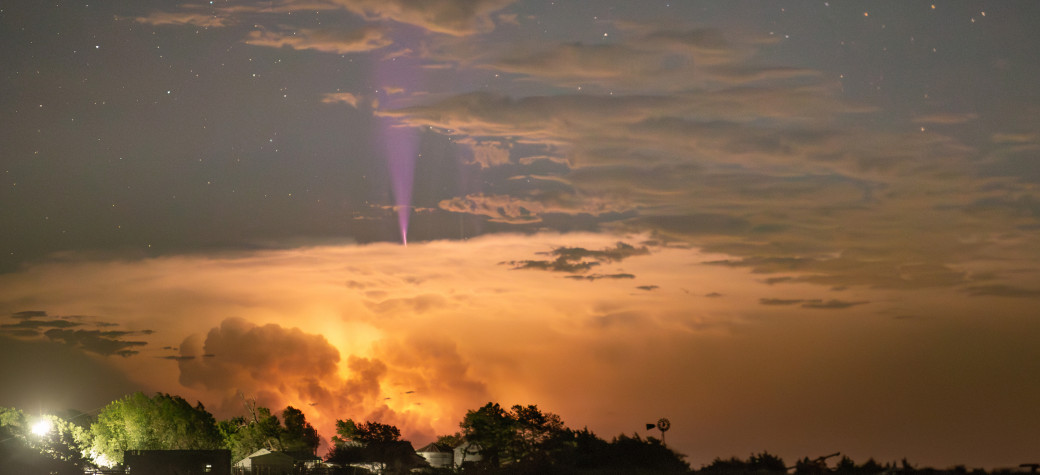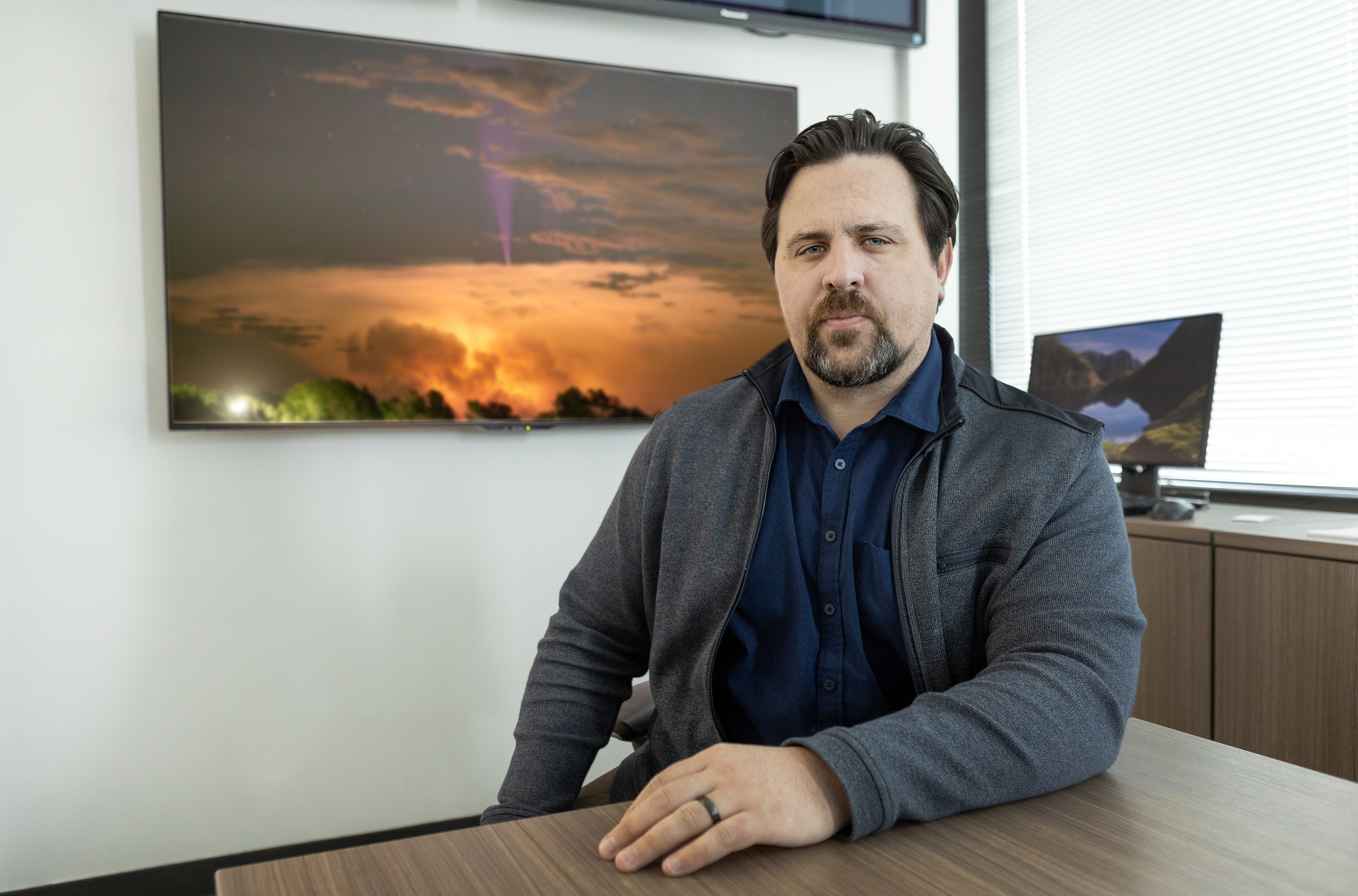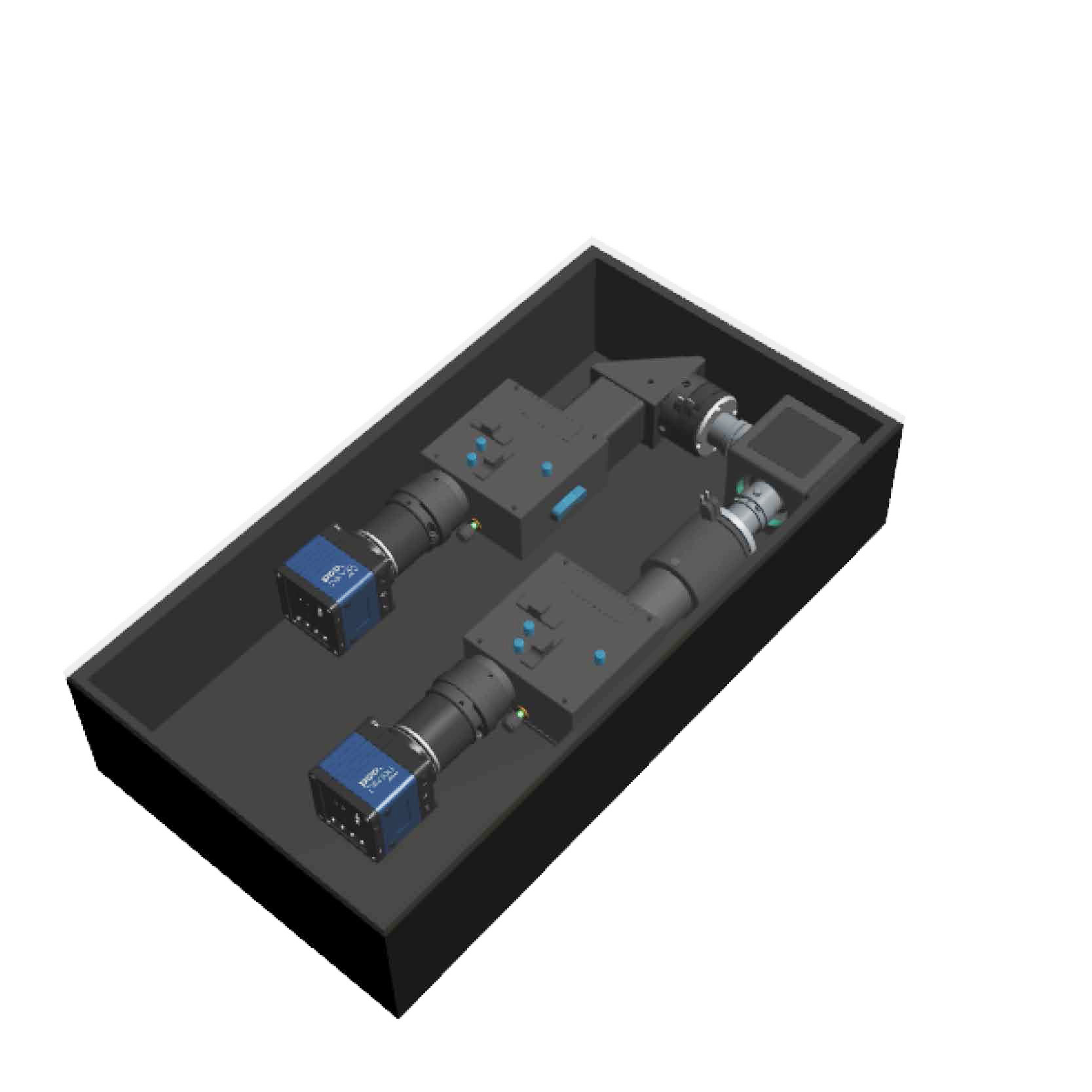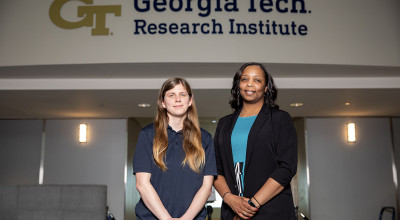
Lightning spawned by thunderstorms is usually easy to see or hear, whether it travels from cloud to cloud, or between the ground and storms. But lesser-known classes of electrical discharges that erupt from the top of thunderstorms – known as pixies, gnomes, starters, blue jets, and gigantic jets – can be much more challenging to study.

A new four-year National Science Foundation (NSF) award to the Georgia Institute of Technology (Georgia Tech) will help researchers learn much more about these mysterious cloud top discharges (CTDs), which reach as high as 70 kilometers (about 43 miles) above the storms. Beyond their importance to understanding the complex meteorological conditions that spawn these storms, this knowledge could help quantify the nitrogen oxide (NOx) greenhouse gases contributed to the stratosphere by the discharges.
The research will use a first-of-its-kind multispectral camera system able to photograph the upward-pointed discharges from many miles away, and a low-frequency electric and magnetic sensor able to simultaneously capture data about impulse radio atmospheric signals, known as sferics, produced by the discharges. Together, the instruments will provide comprehensive data about CTDs by overcoming earlier observational constraints.

“This work will advance our understanding of leader and streamer physics and the plasma nature of all atmospheric electrical discharges,” wrote Levi Boggs, the project’s principal investigator. “Furthermore, these events affect atmospheric chemistry in the stratosphere by the production of NOx, which will be better quantified by understand the electrical characteristics of CTDs.”
In addition to Boggs, who is a senior research scientist at the Georgia Tech Research Institute (GTRI), the project team will include Morris Cohen, a professor in Georgia Tech’s School of Electrical and Computer Engineering; Timothy Logan, a professor at Texas A&M University; and Paul Smith, an Oklahoma-based citizen-scientist who has photographed blue jets above thunderstorms.
The CTDs produced by thunderstorms emit light in the blue and ultraviolet spectra, which makes them difficult to photograph using standard commercial cameras. The system being built for this project will use two different specialized high-speed cameras to capture light at four different wavelengths – producing four images simultaneously. The ultra-high-definition cameras will be able to capture detailed images as much as 150 miles from the storm producing them.

“The idea is to capture images each summer, each convective season when there are storms, and then analyze the physics of the discharges to calculate properties such as the electron energy and temperature,” Boggs explained. “We’ll also look at the growth of the discharges to see how they evolve over time, study the parent storms to see how they produce these things, and attempt to learn what characteristics of the storms may facilitate their development.”
The camera system will be built by an outside contractor, and will be triggered when light from the blue or ultraviolet wavelengths of interest is detected. The low-frequency sensor, being developed by Cohen, will simultaneously document electrical signals from the CTDs. The team will also utilize data provided by Logan from ground-based lightning mapping arrays to supplement information being gathered by the camera and sensor systems.
Smith, a photographer who has extensive experience documenting blue jets that rise up to 20 kilometers (about 12 miles) above storms, will attempt to locate and approach storm systems that may produce the CTDs. “He will be head-hunting these storms, then setting up the cameras and waiting for them to develop,” Boggs said. “It will be a lot of waiting and monitoring these things at night when the conditions are right.”
Boggs hopes the team can capture images of 15 to 20 storms each summer, most of them in Oklahoma and Texas where conditions seem to be ideal for generating the discharges. “We think it has a lot to do with these really intense mesoscale convective systems,” he said. “These are monster storms with very tall cloud tops and lightning flashes hundreds of times per minute.”
Beyond providing new data on these phenomena, the research should provide information of interest to atmospheric chemists because of the amount of nitrogen oxides they produce. “That’s a greenhouse gas that has not really been well quantified at the altitudes where these discharges take place,” he said. “We should be able to quantify what is being produced there and contribute to understanding how these events can affect the greenhouse effect.”
Though they share an origin at the tops of thunderstorms, the CTDs range significantly in size. The smallest, known as pixies, can be just a few hundred meters in length, while gigantic jets – the largest – can reach 70 kilometers into the ionosphere and can have an effect on the global electrical circuit. (Boggs has received an earlier NSF award to study the effects of gigantic jets).
While the study will focus on Texas and Oklahoma because of the likelihood of observing CTDs, Boggs hasn’t ruled out searching for them closer to home in Georgia before the end of the project.
This material is based upon work supported by the National Science Foundation under Grant No. 2330350. Any opinions, findings, and conclusions or recommendations expressed in this material are those of the author(s) and do not necessarily reflect the views of the National Science Foundation.
Writer: John Toon (john.toon@gtri.gatech.edu)
GTRI Communications
Georgia Tech Research Institute
Atlanta, Georgia
The Georgia Tech Research Institute (GTRI) is the nonprofit, applied research division of the Georgia Institute of Technology (Georgia Tech). Founded in 1934 as the Engineering Experiment Station, GTRI has grown to more than 2,900 employees, supporting eight laboratories in over 20 locations around the country and performing more than $940 million of problem-solving research annually for government and industry. GTRI's renowned researchers combine science, engineering, economics, policy, and technical expertise to solve complex problems for the U.S. federal government, state, and industry.



